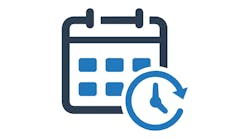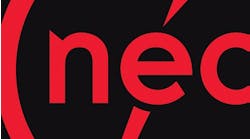Bad maintenance practices tend to sneak into the way things get done. Here are three more to guard against:
Bad Practice #32 — Relying Almost Exclusively on Time-Based Maintenance.
This works well for such practices as thermography on your switchgear and insulation resistance testing of your feeder cables. It also works well for calibration of test equipment (you do have yours calibrated, don't you?) and process control systems. It doesn't work well for some other needs.
Bad Practice #33 — Monitoring Condition Data but Not Trending the Data to Get Predictive Warnings.
Think of the various failures that are progressive. If you use intelligent monitoring to alert you to abnormal changes in temperature (or other metric), then you can schedule intervention to prevent the failure. It's foresight vs. hindsight.
Bad Practice #34 — Not Recording Baseline Data after a Repair or Replacement.
This is a common bad practice with feeder cables, which are often replaced under intense time pressure. Without baseline data, you have no basis for analyzing data from the first scheduled testing. How would you know if the cables have deteriorated?


